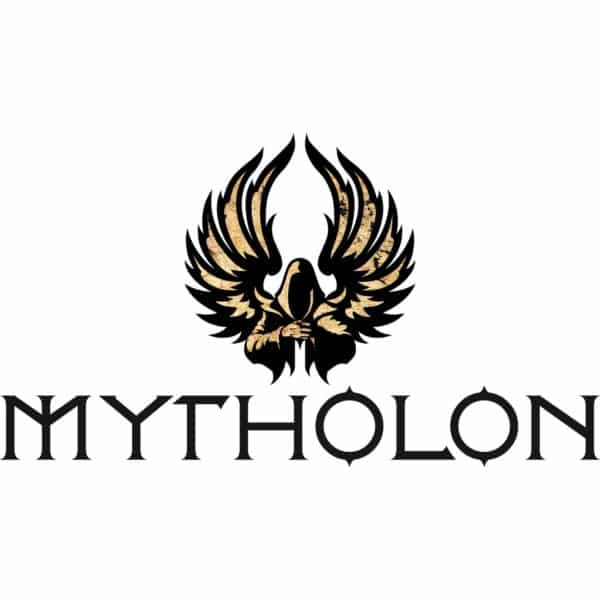Ever since the rediscovery of Norse mythology and society in the 19th century, the Vikings have been an ever-present object of fascination for every generation since. Their meaning to us has evolved with our understanding of their world: from fierce, egalitarian conquerors idolized by the Victorians, through their uncomfortable and ahistorical championing by those in search of racial purity in the darkest days of the 20th century, to their unmasking as a sophisticated trading culture in the 1960s and 1970s. Now, equipped with modern archaeological techniques, we have a far more complex and nuanced understanding of the Vikings than ever before – and modern archaeologists and anthropologists are in search of the truth behind one of the most persistent legends of the Viking Age: the Viking shield-maiden.
What is a Shield Maiden?
Our modern idea of the ‘shield-maiden’ is thoroughly embedded in modern popular culture. The shield-maiden is, quite simply, a Viking woman who takes up arms and becomes a warrior alongside male warriors. Depictions vary as to whether this was a normal, legitimate role for a woman to take, or whether the shield-maiden consciously rejected traditional roles or expectations. The mega-budget smash hit 2013 TV show Vikings is probably the best recent example of this: in the show, the character Lagertha becomes a powerful warrior-queen, leading her army in combat whilst wearing leather armor, training other women in the arts of war, wearing badass shield maiden makeup, and receiving unquestioned loyalty from the men around her. Éowyn, the daughter of King Theoden in JRR Tolkein’s 1954 fantasy epic The Lord of the Rings, is often cited as another example of a ‘shield maiden’ – in The Two Towers, Éowyn defies her father’s instructions and dons the armor of a man in order to fight incognito in his army.
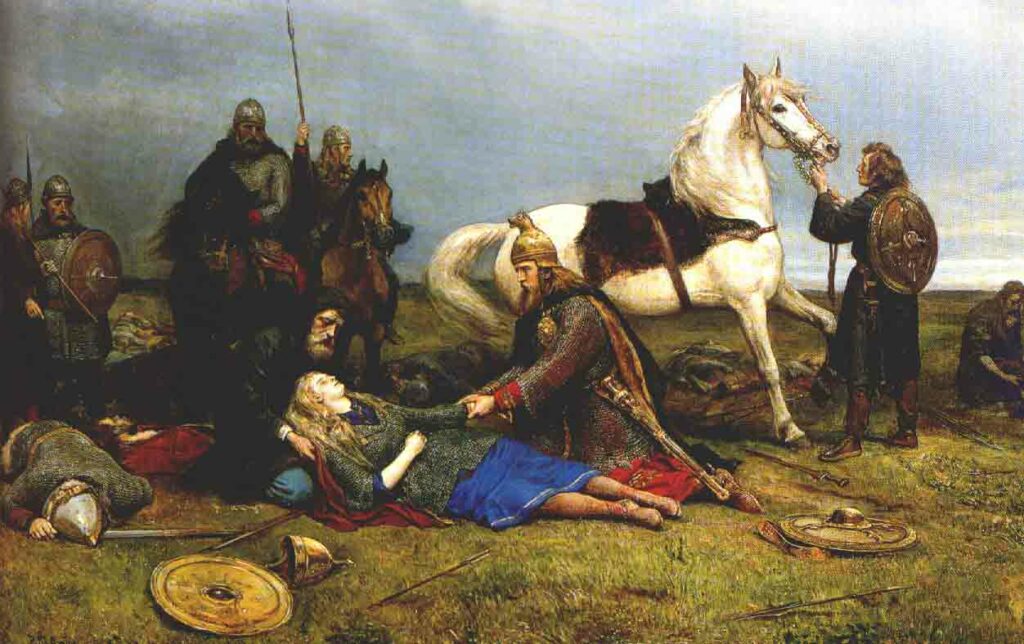
This image of an ‘egalitarian’ (or at least, more egalitarian) Scandinavia dates back at least to the Victorian era. In an era of extremely rapid technological and social change, marked by the dissolution of traditional social bonds amidst the world-changing revolutionary spirit of burgeoning capitalism, Northern European medieval paganism began to be viewed as a preferable alternative to the dominant mode of Calvinistic money-worship. New translations of Viking poetry like the Frithiofs saga established traditional Viking imagery: the long-hall, the runestones, their reverent pagan piety, and so forth. It stimulated the first bursts of systematic archaeology, uncovering artefacts like the Oseberg Ship (1904). Queen Victoria even received an Icelandic scholar to perform skaldic poetry for her! Amidst with this ‘Viking fever’, the image of the shield-maiden was formed, rooted in several different sources: the mythological figures of the valkyrja or Valkyries, and the saga heroines such as Brunhild.
Fierce Women in Viking Mythology

Like the Greek literary tradition, the deities of Norse mythology exhibit human characteristics: they are flawed, jealous, and struggle with their superhuman qualities and powers. Thus, it is at least a fair assumption that the attitudes and relationships that Norse skalds put into their stories reflect (or satirize) the real-life relationships of their world. The difficulty we have with the surviving Viking sagas is that none of them are Viking! They all date from after the end of the Viking Age, the earliest having been written down in the 12th and 13th century in Christianized post-Viking Iceland. These Christian Icelanders were fiercely proud of their pagan oral cultural heritage – but we can understand the sagas more as literary works based on and inspired by it, written through a medieval-Christian moral filter. It is perhaps unsurprising that the saga texts appealed so strongly to Victorian audiences, since they were in fact already a Christianized interpretation of the pagan oral heritage. The lives of many scholars have been spent on the question of the ‘saga mind’, and how far we can extract the ‘authentic’ Norse oral culture from the works of these successor cultures. Nevertheless, women remain critically important in Viking mythology – and their role is certainly far from that of shrinking violets. Supernatural goddesses and the avenging valkyries are two key Norse mythological elements that fed into the legend of the ‘shield-maiden’.
Christian Icelanders like epic poet Snorri Sturluson (engraving from the 1890s) had great respect for the pagan oral sagas they learned – but their written versions were nevertheless more complex works than simple transcriptions. (via Wikimedia Commons)
Baleful Goddesses
Women are important amongst the Æsir and the Vanir, the two pantheons of supernatural beings in Norse mythology. In one literary tradition, the Vanir goddess Freyja receives half of all of the souls of those killed in battle in Fólkvangr, the ‘field of warriors’ that is a mirror for Óðinn’s more well-known Valhalla. The poem Lokasenna features Freyja as well, in which the trickster-god Loki accuses her of sexual impropriety – but Freyja gives as good as she gets, calling Loki a madman and defending her right to take lovers. Other traditions talk of Frigg, the wife of Óðinn, who is associated with what we today consider to be the more conservative elements of ‘womanhood’: motherhood, marriage and love – although writers are always at pains to stress that Frigg is equal to Óðinn in mystical foreknowledge.
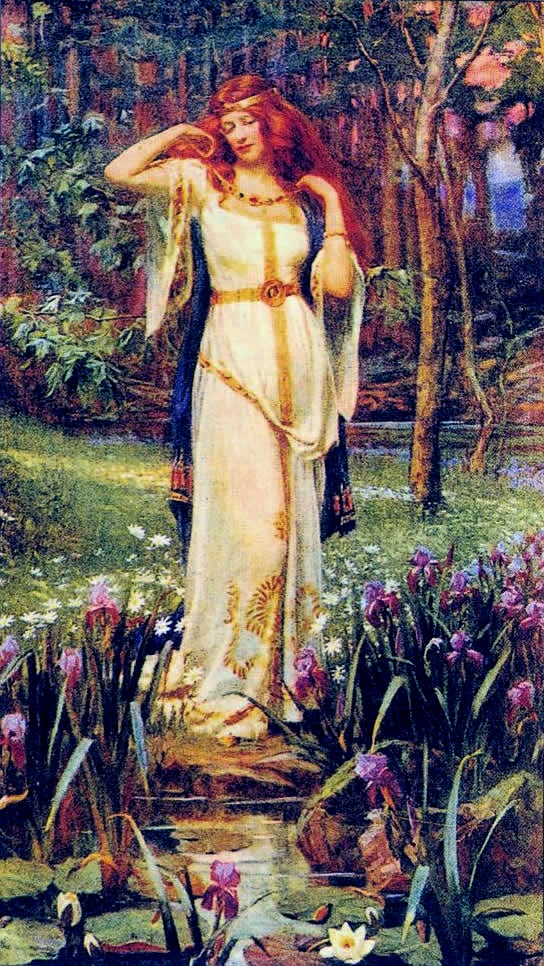
The Ride of the Valkyries
As well as the fierce goddesses, the tradition of the valkyries certainly influenced our modern perception of the ‘shield-maiden’. The sagas and Eddas talk of the glorious dead who died in battle being spirited away from the battlefield: half, as we know, to the hosts of Freyja’s Fólkvangr – and the other half were guided to the halls of Valhalla by a troop of heavily armed warrior-women. They had fierce Viking shield-maiden names like Skeggjöld (“axe-age”), Geirahöð (“spear-fight”) and Gunnr (“war”). The Norse word ‘valkyrja’ means literally ‘chooser of the slain’, and on Óðinn’s behalf they selected the warriors most worthy of Valhalla.
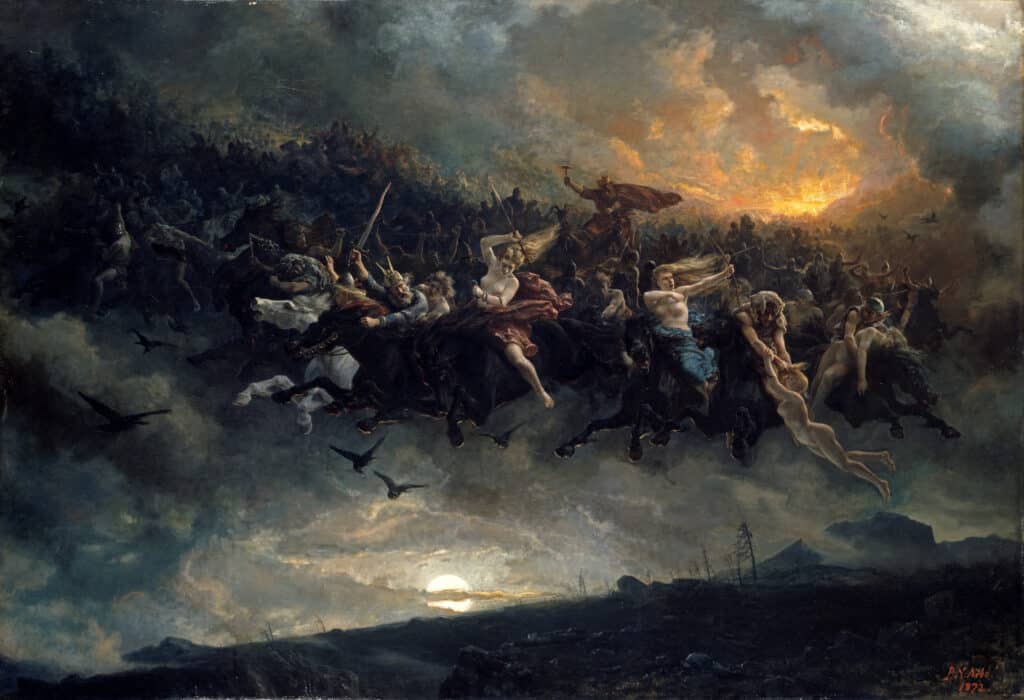
In some depictions, the manner they do this is passive, observing the deeds of mortals and then choosing the most valorous for Valhalla. In Snorri Sturluson’s pseudohistoricalepic Heimskringla of the Norwegian kings, Haakon I ‘the Good’ is slain at the Battle of Fitjar (961 CE), and wakes to see two valkyrja waiting to carry him onward (it is of historical irony that Haakon had converted to Christianity, and was a noted early Christian Viking leader). In other tales, the manner by which the valkyrja choose the heroes is mystical: by manipulating the threads of mortal fate, they select who has the honor of being chosen. Sometimes, this process is terrifying and graphic: in the Njáls saga, which deals with the early history of Iceland and the blood feuds that led to civil strife, the valkyrja are depicted weaving a baleful fabric from the entrails of the dead on a loom made from swords, arrows and severed heads – thus deciding who will live and who will die at the Battle of Clontarf (an actual historical event, fought near Dublin in 1014 CE). This tradition places the valkyrja within the orbit of seers, wise-women and magic-users, a common theme for the less-approving Christian misogynists of the medieval era. Is it surprising that later readers sought to reclaim the shield maiden valkyries?
Shield Maidens in the Viking Sagas
In the modern era, we clearly delineate between ‘mythology’ and ‘history’, the former being unsupportable and frequently fantastical (though valuable in its own right), and the latter being verifiable with our own conceptions of truth: physical archaeology, historical evidence, logic. The Vikings made little such distinction, since the oral histories they passed from one generation to the next were historical truth to them. It is important to realise this when looking at the more historically-supportable figures that might shed light on the existence of shield-maidens in Norse times.
Brunhild, Slayer of Sigurd
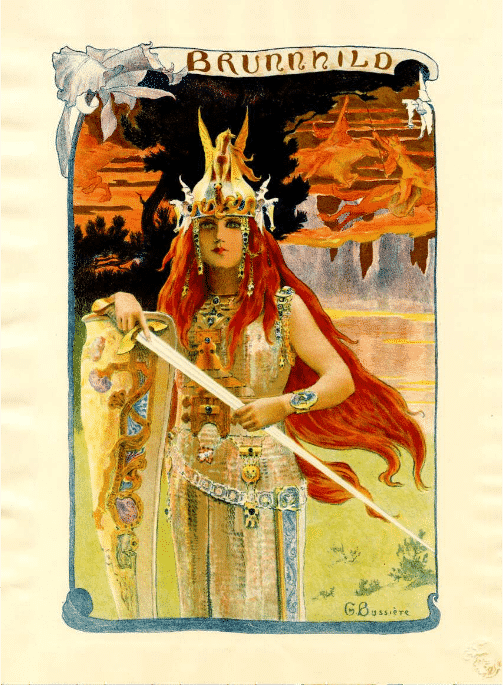
Brunhild is one such semi-historical figure. She appears in the Völsung Cycle, a series of interconnected literary works by a number of different authors in the Viking and Germanic traditions, which mostly date from the 11th-14th centuries. The Völsungstories deal with the power-politics of a dynasty of nobles, and they clearly contain much historical truth. One tale, the Völsunga saga, depicts with great accuracy the events surrounding the destruction of the 5th-century Kingdom of the Burgundians at the hands of the Huns under Atilla (‘Atli’ in the poem). Brunhild’s character in these stories originates in the oral stories of the early Merovingian dynasty in the 6th century, gaining her name from the Visigothic princess Brunhilda of Austrasia. The central theme of her story is that she will only marry a man who can surpass her in strength. The only man to do so is the hero Sigurd, but he betrays her and she therefore exacts her revenge by killing him. Here, we see a powerful woman (described in some sources as a ‘queen’) participating in honor culture over contests of strength – a strong indication that shield maidens would be tolerated within this cultural paradigm. Richard Wagner’s Nibelunglied features Brunhild, and her contests of strength, but in a far more passive role than the Norse texts.
Loðbrok’s Queen – Lagertha
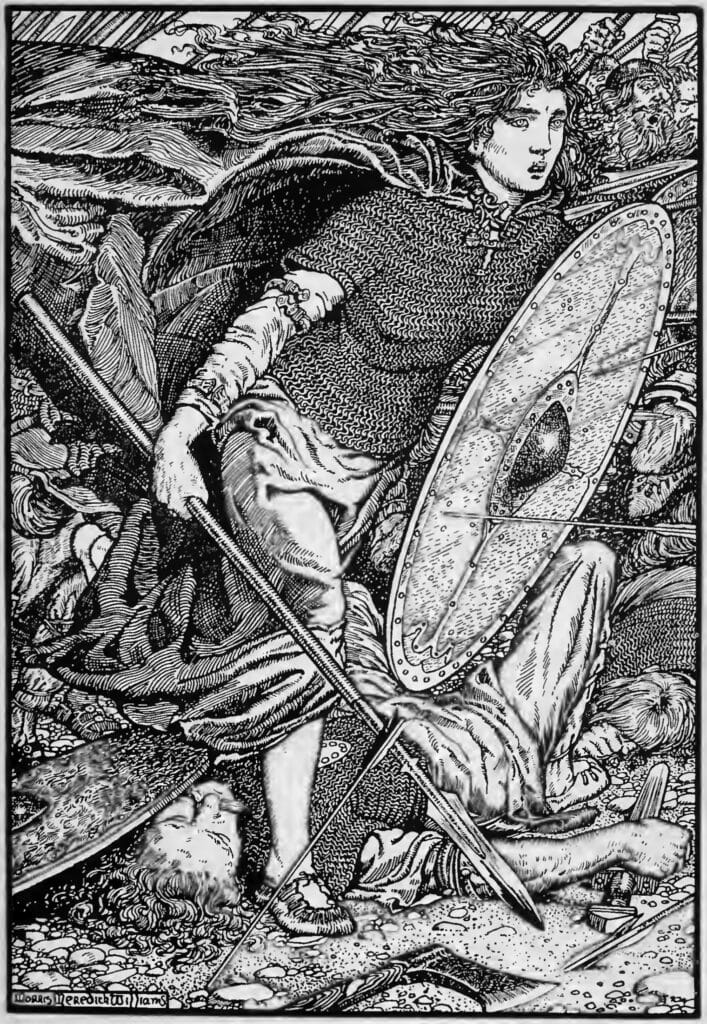
Whilst Brunhild is largely a historical confection created to explain broad themes, there is a shield-maiden who lurks just on the edge of historical fact: Lagertha, the on-again-off-again queen of legendary Viking king Ragnar Loðbrok. Though some of the putative ‘sons’ of Ragnar, like Ubba, Ivar the Boneless and Halfdan, are solid historical figures that we can pin down to dates and places with contemporary sources, Loðbrok and his queen are more ephemeral figures, only tangentially referred to in texts from long after their time. The principle source for the Viking shield maiden Lagertha is the 12th century Danish theologian Saxo Grammaticus. In Saxo’s semi-historical account the Gesta Danorum, Lagertha is a kinsman of the Norwegian king Siward, who was enslaved by Frø, King of Sweden, and forced into prostitution. Ragnar Loðbrok then goes to free Lagertha and her humiliated women, and they dress in men’s clothing and take up arms alongside Ragnar’s Vikings. Later in the story, Lagertha comes to Ragnar’s aid with 120 longships, and defeats his foes by ‘flying around the rear of the enemy’, echoing the magical flight of the valkyrja. However, before we label Lagertha as a cast-iron historical shield-maiden, we have to acknowledge some caveats. Saxo was a misogynistic medieval Christian, and his writings of Lagertha rely heavily on the ‘Amazon’ trope, using the idea of ungodly warrior women to satirize the heathen Vikings. As well, he is writing at least three centuries after the ‘historical’ Lagertha might have existed. Little other evidence for her exists – despite the vivacity of her tale.
Archaeology and the Shield Maiden: The Evidence
Overall, there can be little doubt that a strong theme exists in the sagas of women taking up arms, both mythologically and in Viking pseudohistories. In recent years, much effort has been put into exploring these possibilities through the archaeological record, with some shocking results. Using newly-invented gene-sequencing technologies, archaeologists have been able to accurately assess the sex of Viking burials, where before they depended on educated guesswork. At worst, historians had assumed that burials containing male-themed burial goods ‘must’ have contained a man, and conversely for ‘female’ objects. Osteoarchaeology (the study of bones) has proved to be good for many things – but fallible for determining sex. In 2017, archaeologists re-analyzed the Birka warrior grave: discovered in 1889, it is one of the best preserved warrior-burials yet found., containing high-status armor, Viking swords and even hnefatafl gaming pieces. To the delight of much of the archaeological community (and the upset of traditionalists), the grave was found to contain a female skeleton with XX chromosomes.
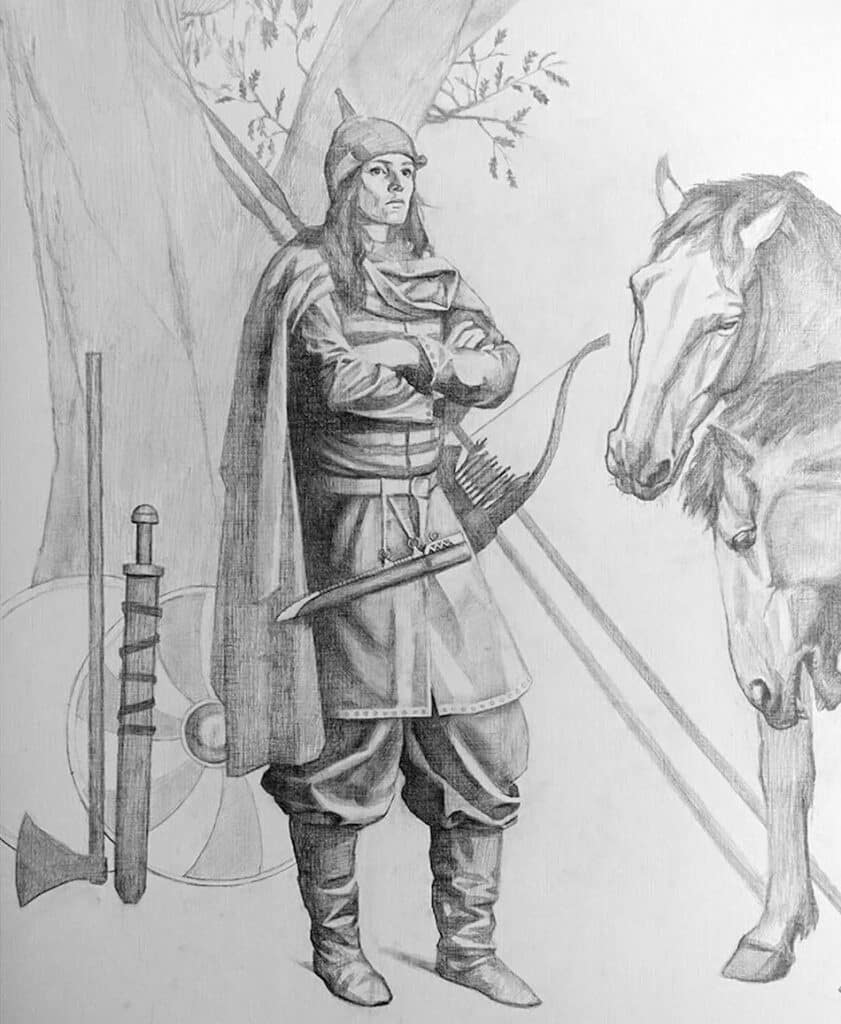
Clearly, traditional conceptions of Viking women as exclusively non-combatant are becoming shakier than ever – but questions remains as to how diagnostic burials can be. Do they represent the actual identities and roles held in life, or are they more complex statements? I explore these ideas in our blog on the Suontaka burial, which contained the remains of a woman with XXY chromosomes. Away from the (understandably) triumphal headlines proclaiming the certainty of Viking shield maidens, there is a long way to go in order to understand the gender roles of Viking society.
Now that you have a better grounding in the position of Viking shield maidens, you have a firm basis on which to make informed historical choices for your Viking shield maiden costume. Live-action roleplay and historical re-enactment is a valid form of historical exploration (as well as a ton of fun), and figuring out what it might have been like for women on the Early Medieval battlefield is a worthy goal.

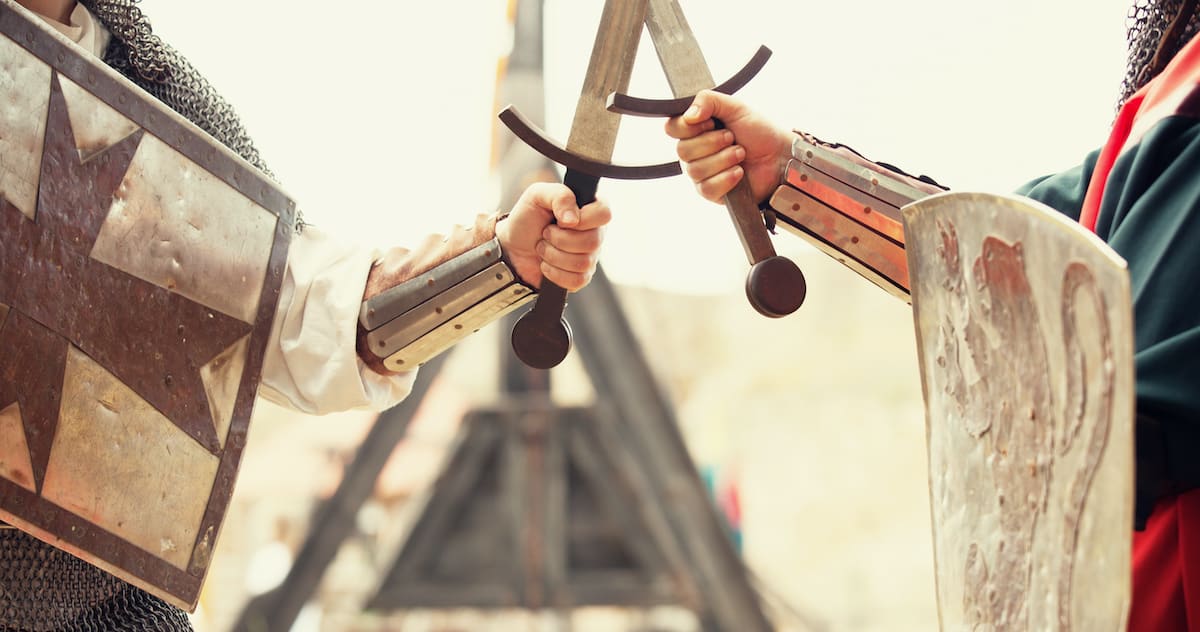 Historical Swords
Historical Swords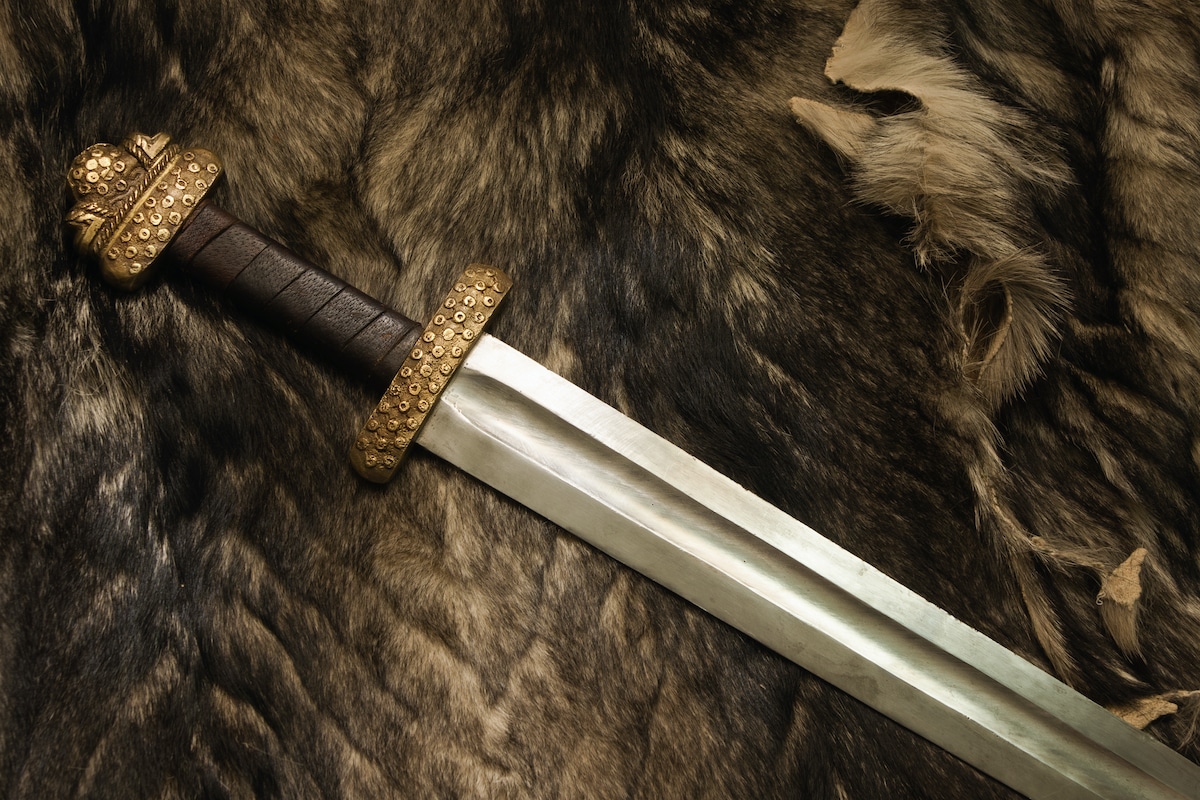 Norse & Viking Swords
Norse & Viking Swords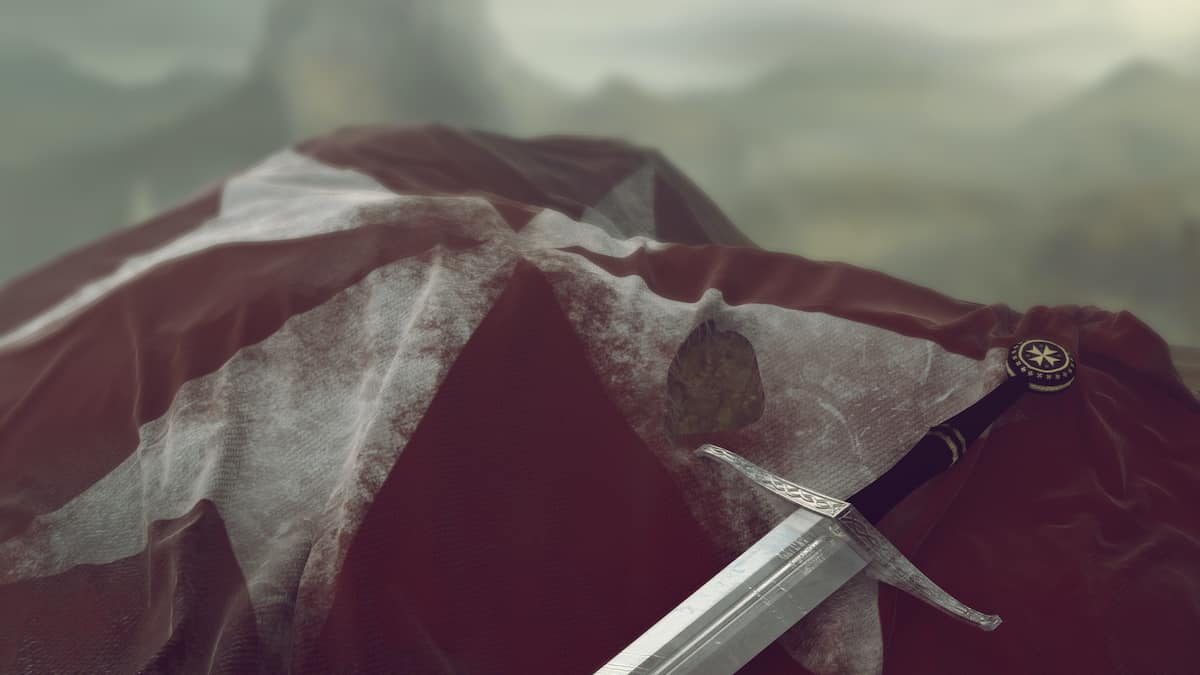 Templar Swords
Templar Swords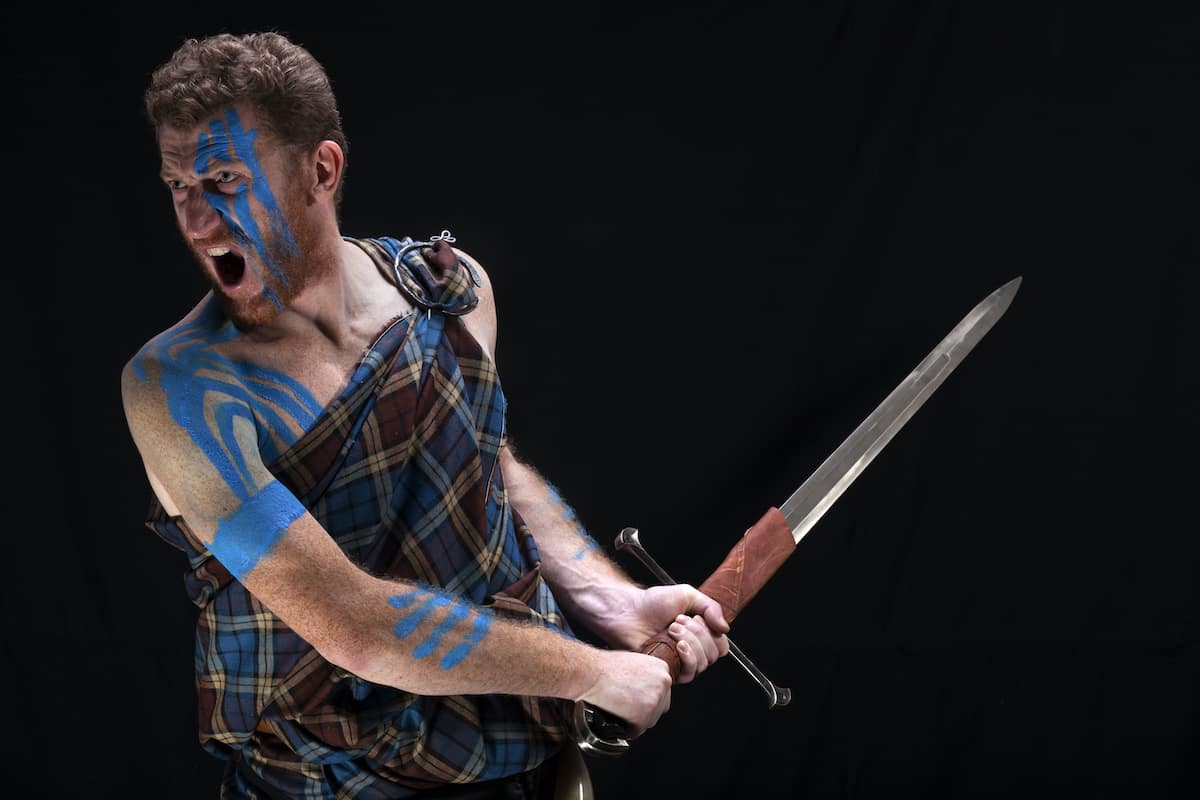 Claymore Swords
Claymore Swords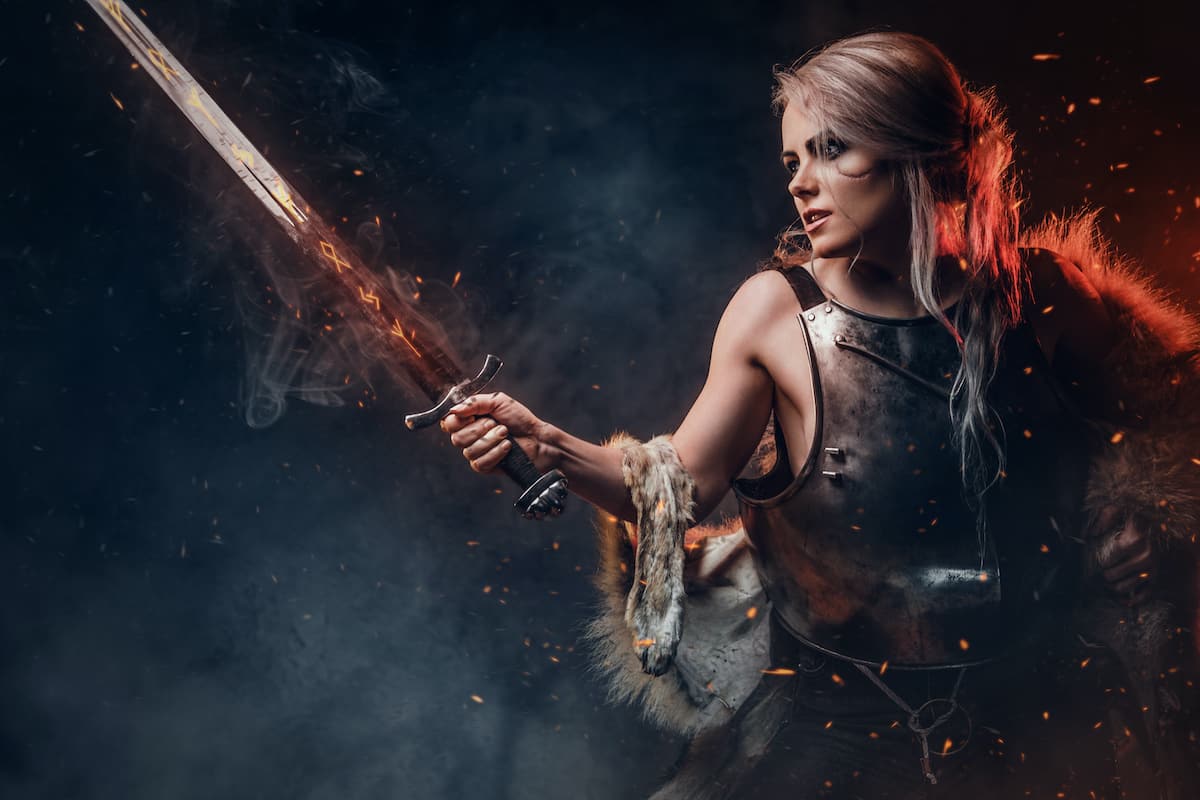 Fantasy Swords
Fantasy Swords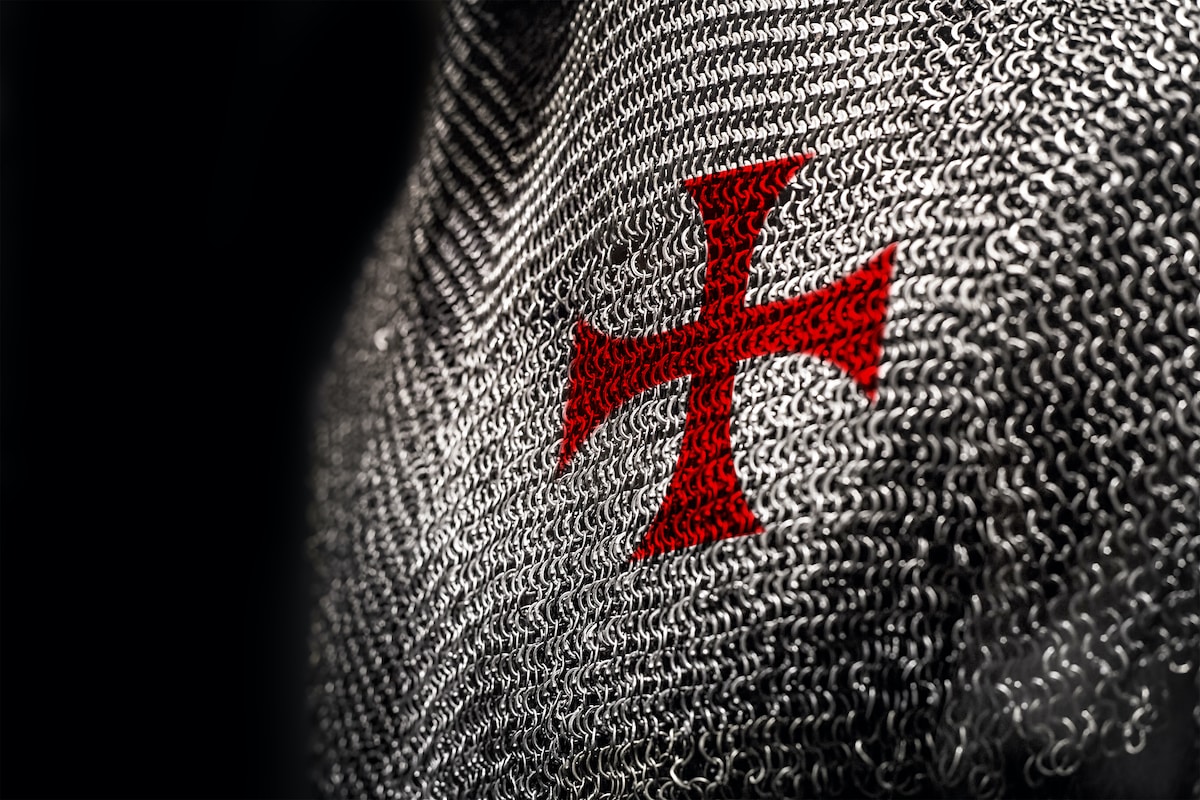 Chainmail
Chainmail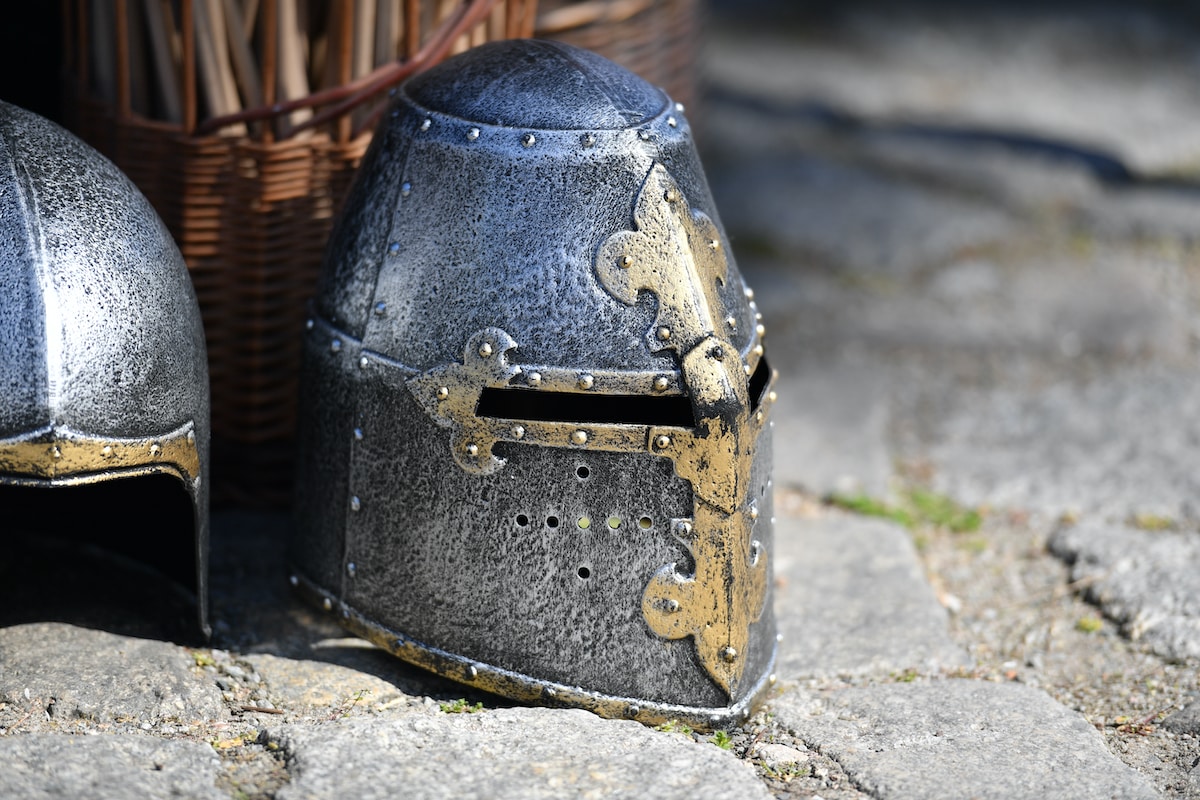 Helmets
Helmets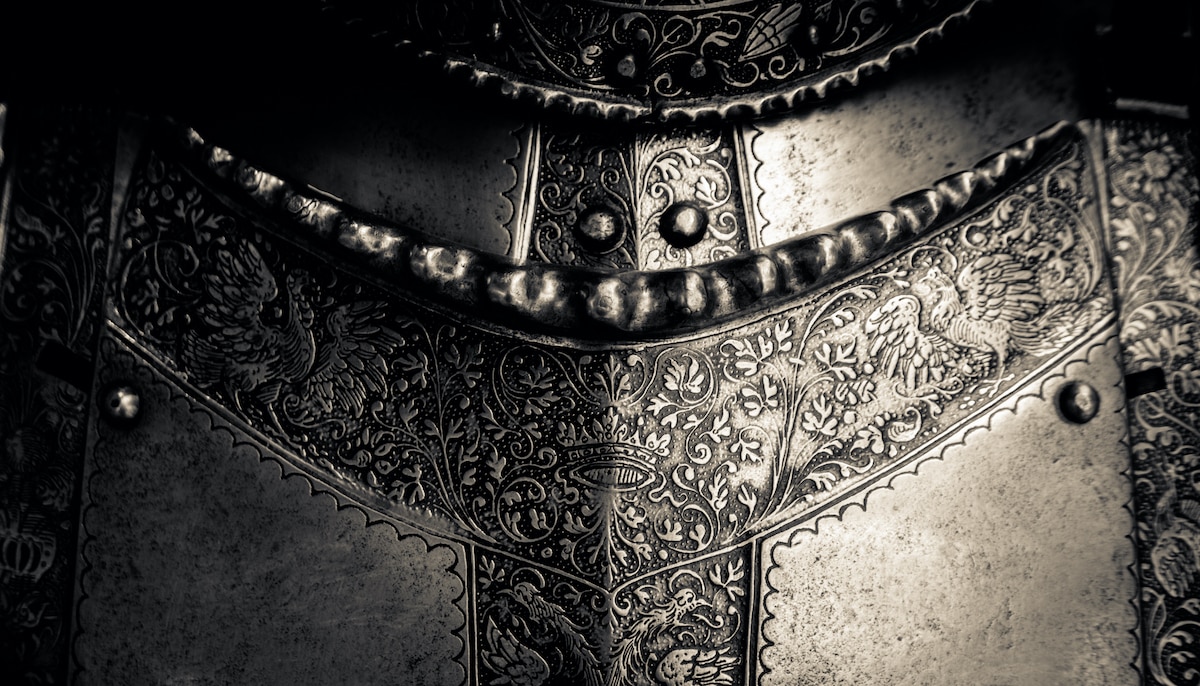 Torso Armor
Torso Armor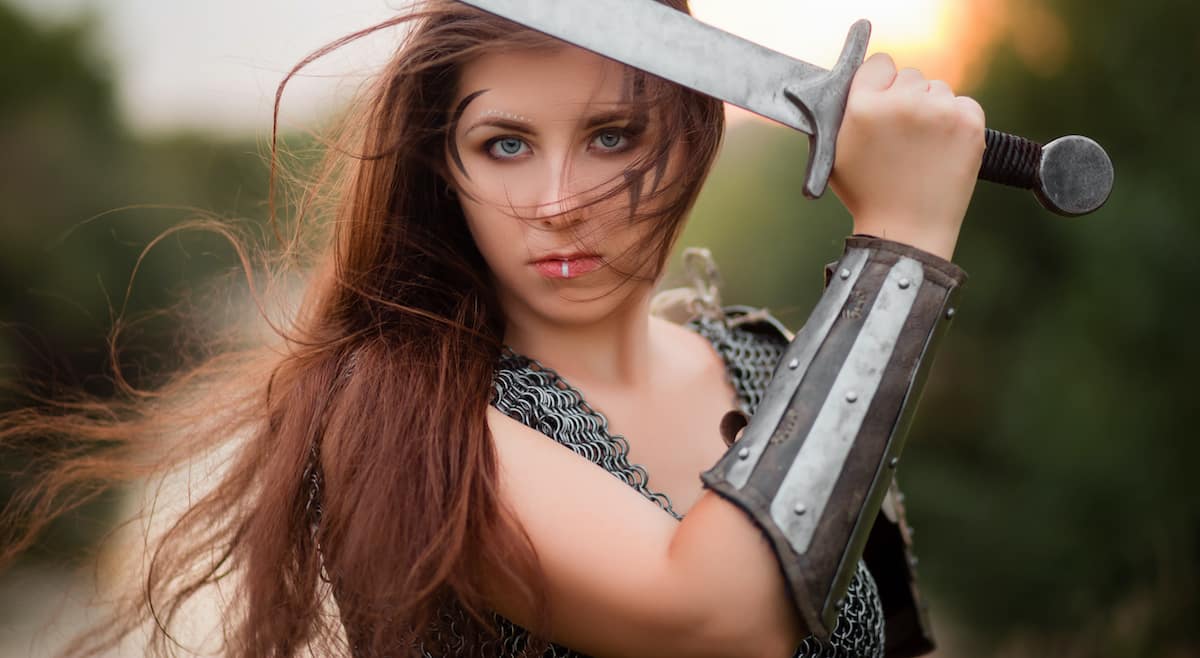 Bracers and Arm Protection
Bracers and Arm Protection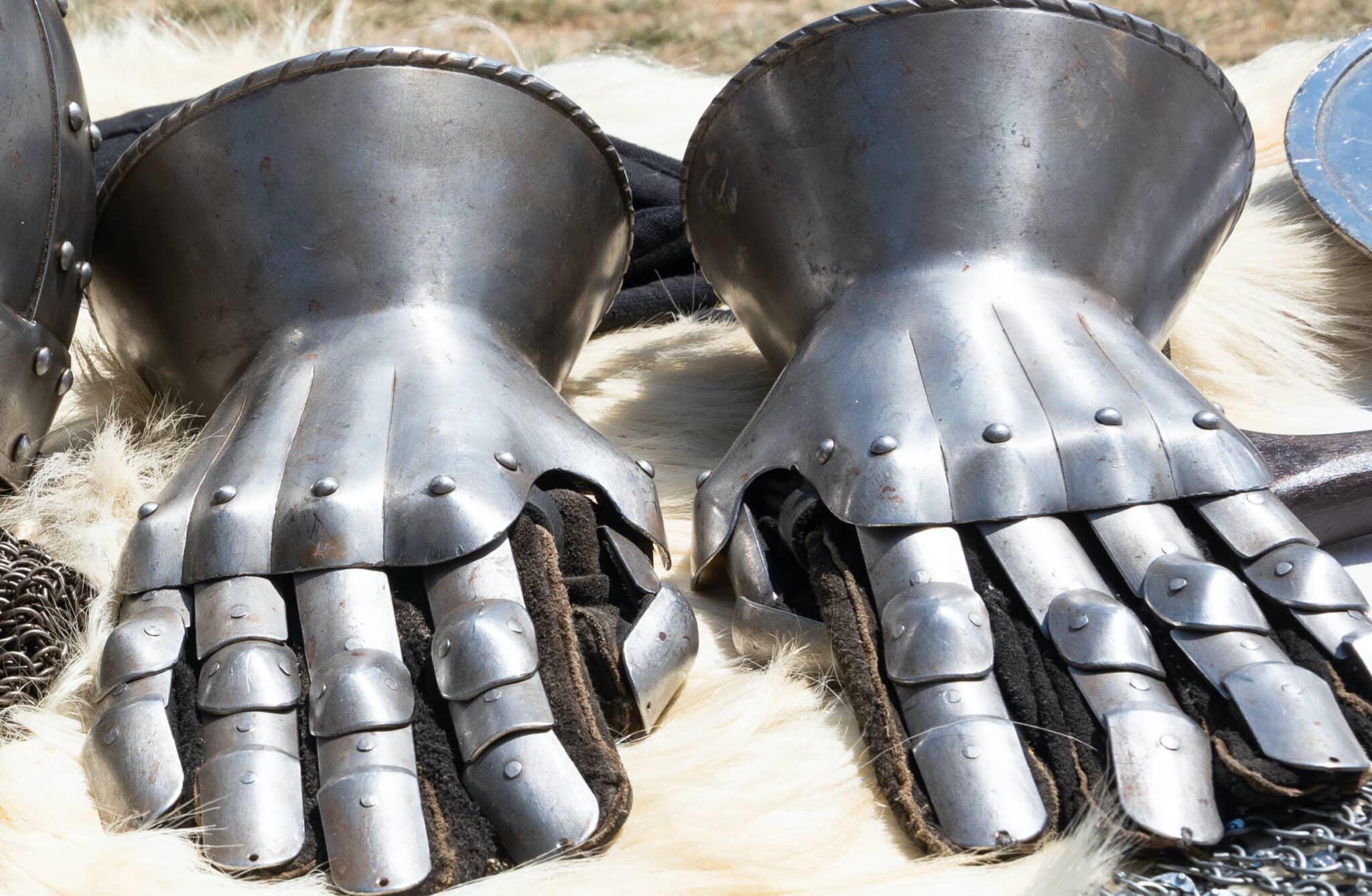 Gauntlets
Gauntlets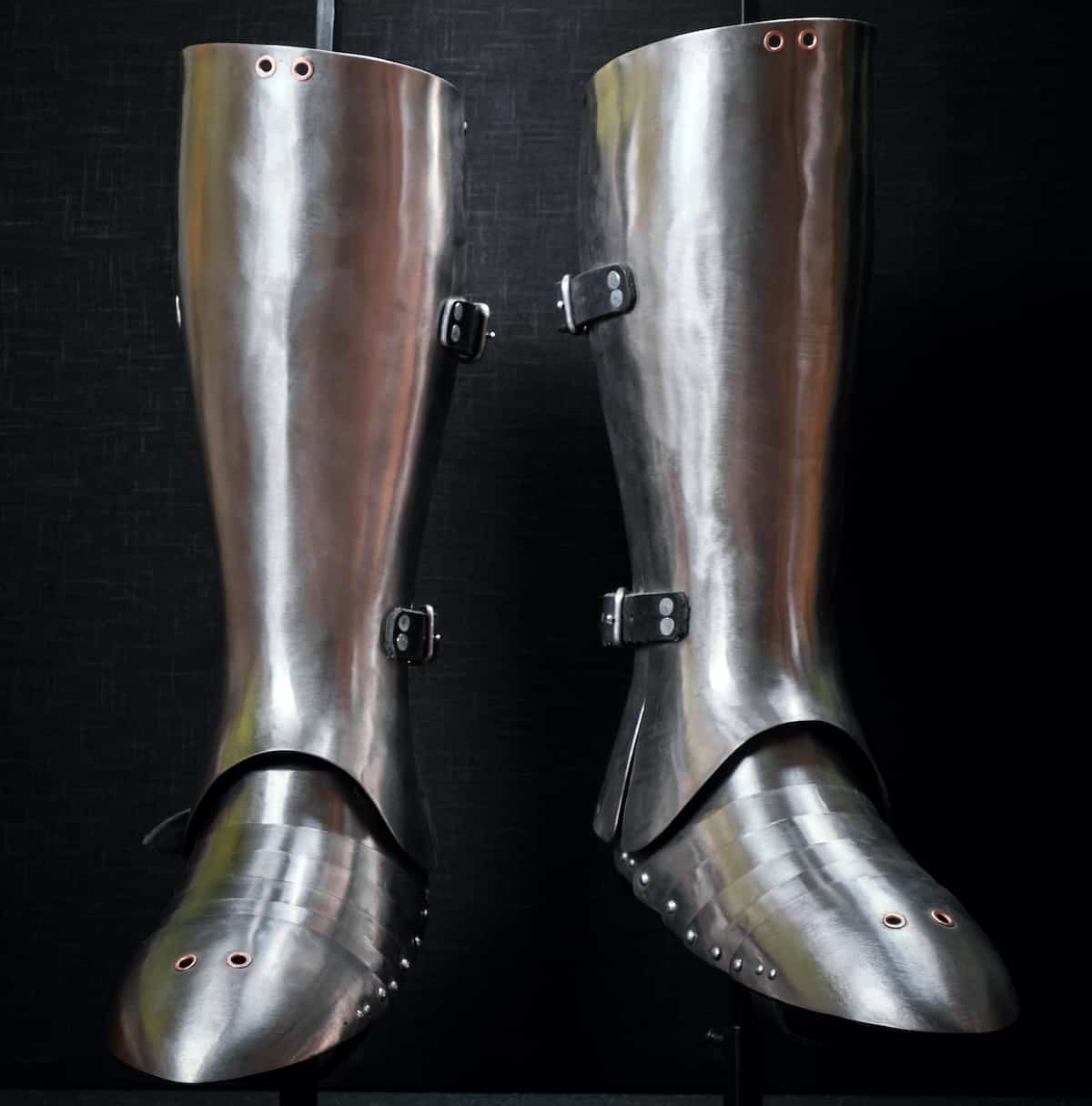 Leg Armor
Leg Armor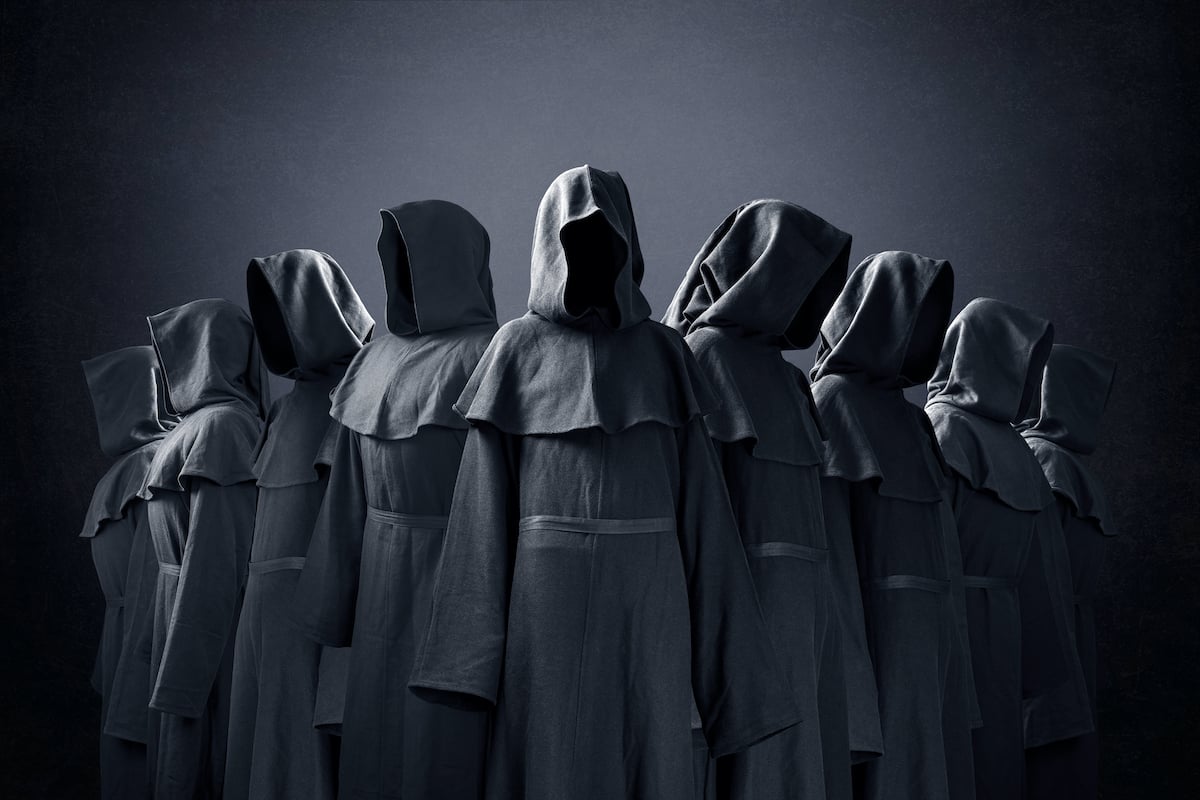 Cloaks
Cloaks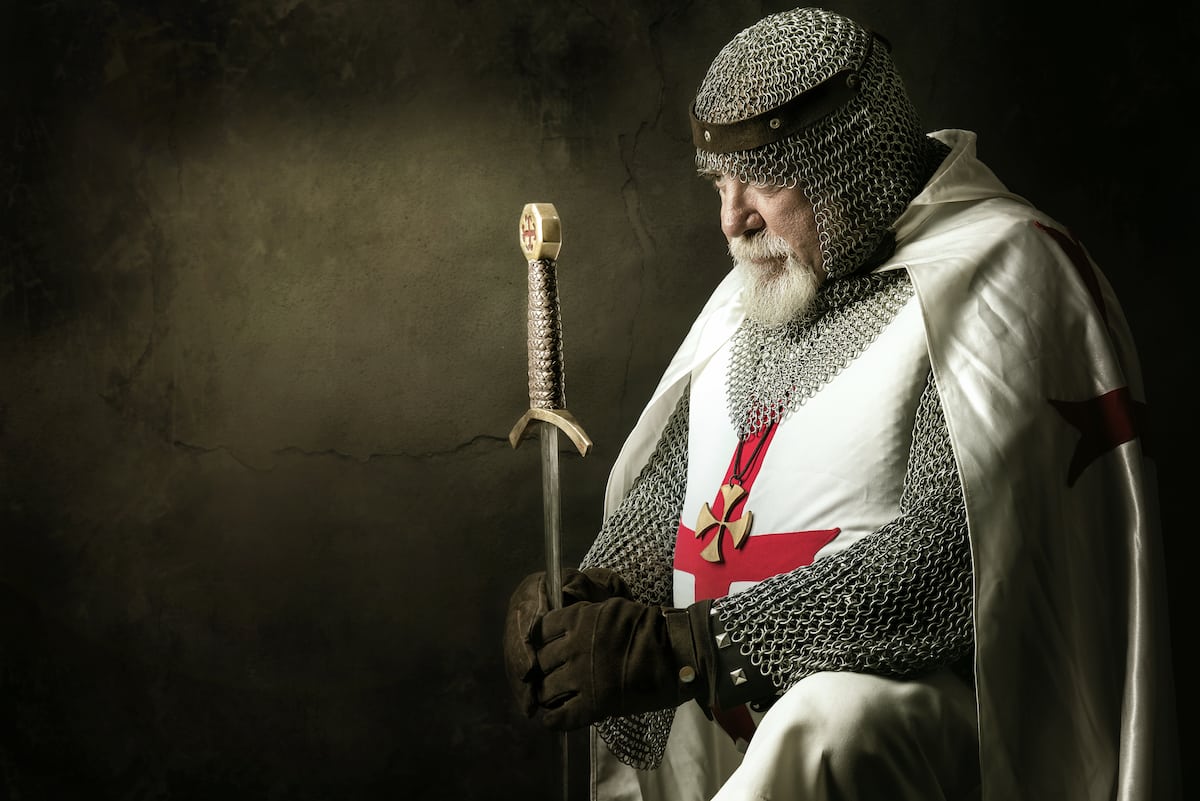 Tabards
Tabards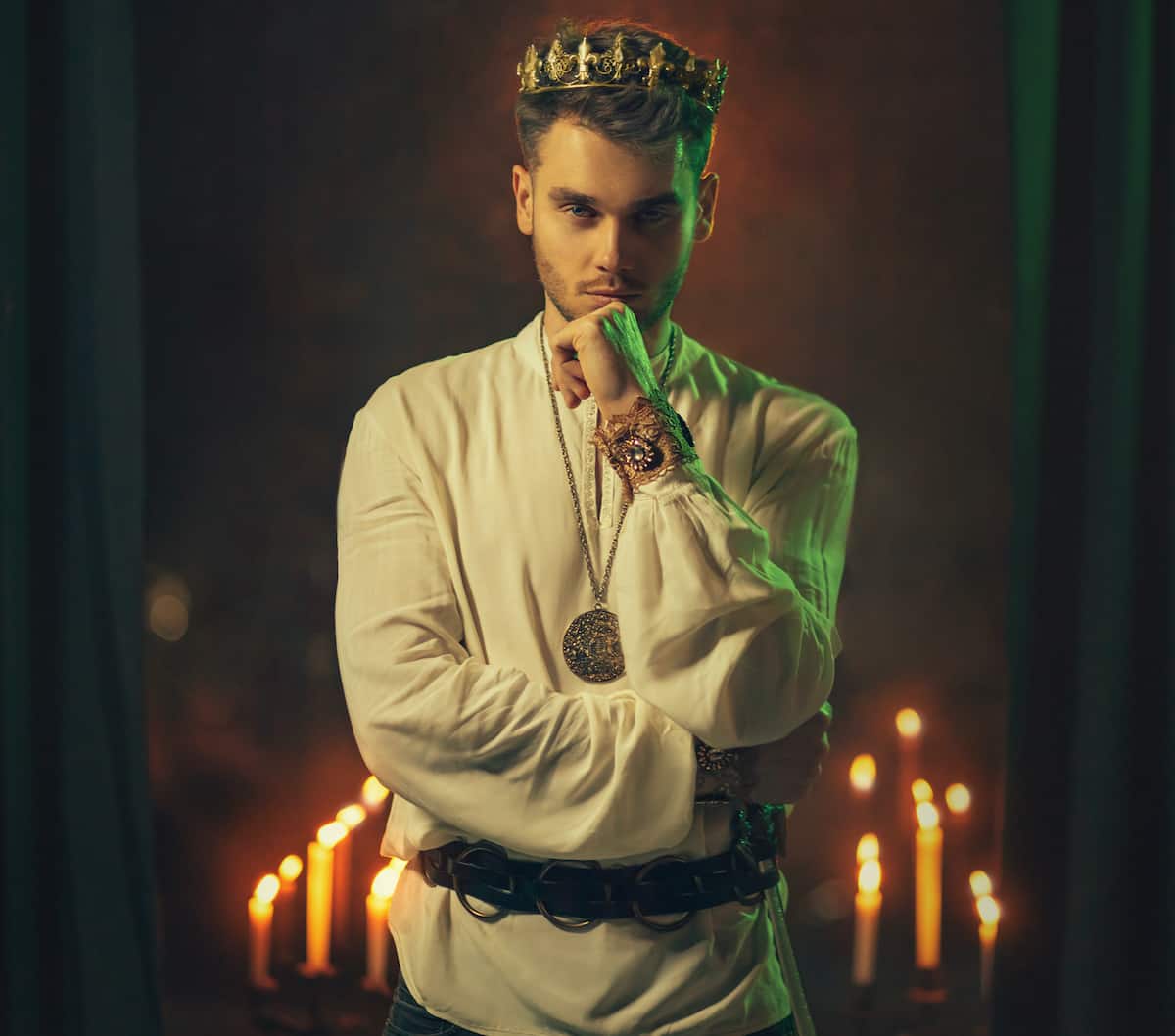 Shirts
Shirts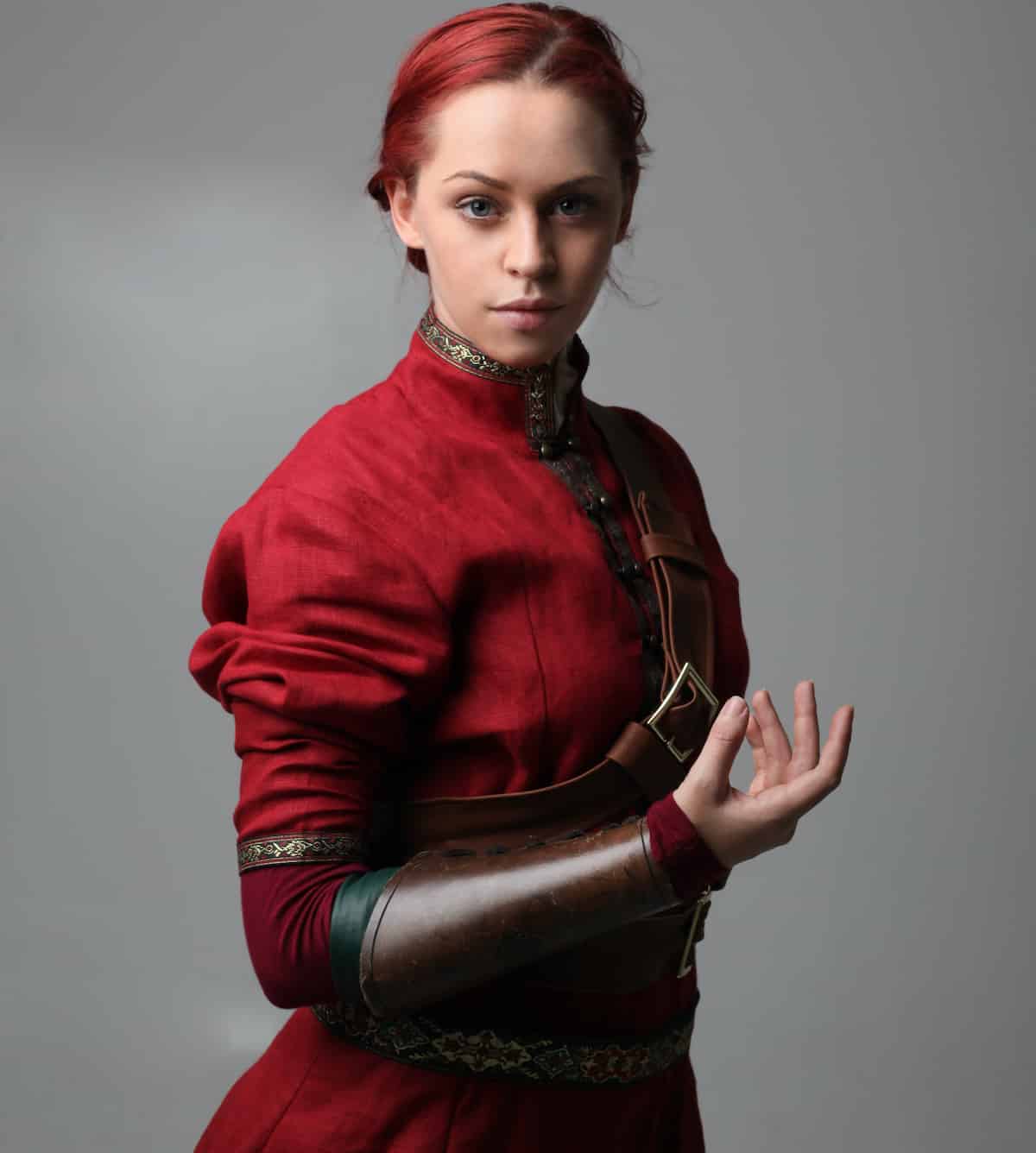 Tunics
Tunics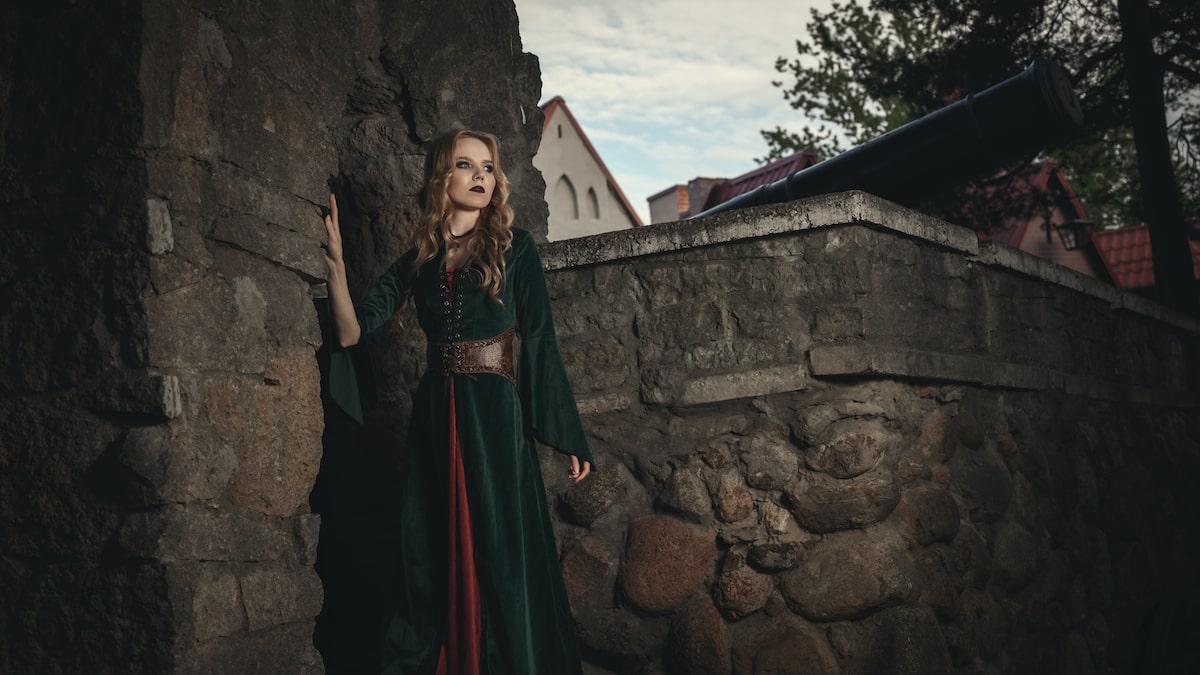 Dresses
Dresses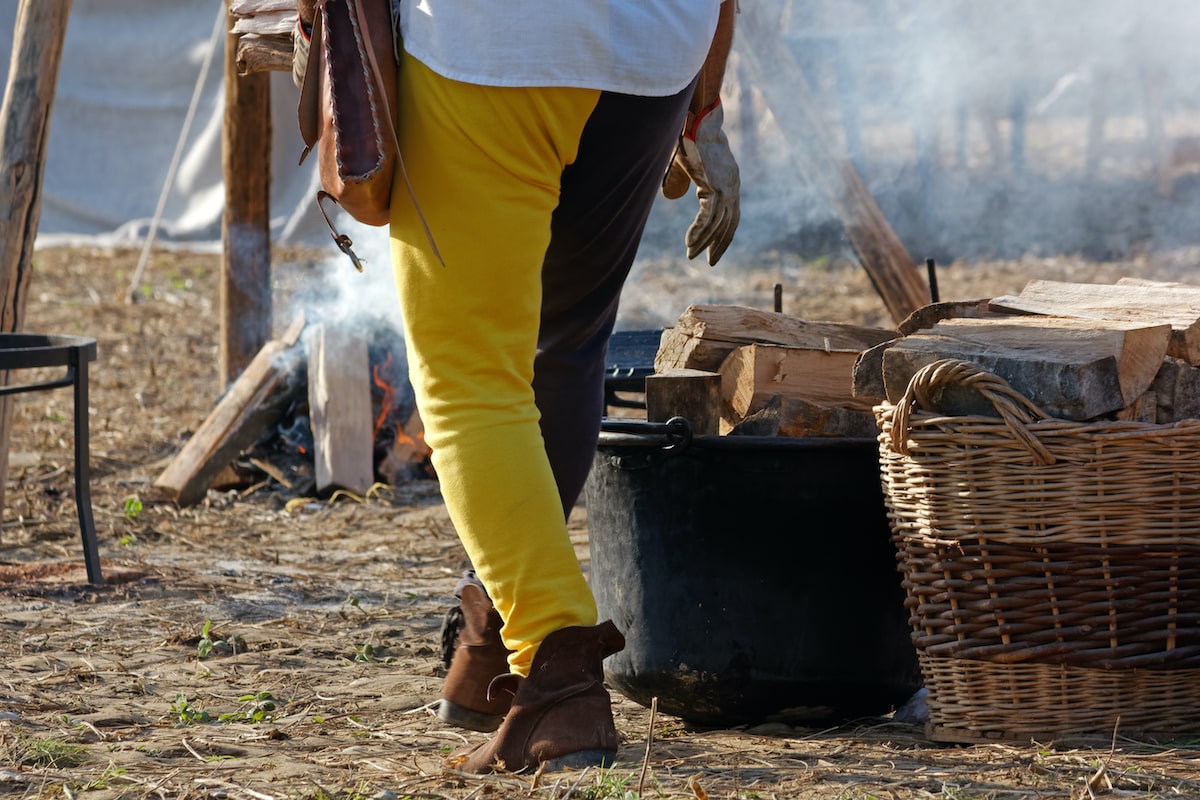 Pants
Pants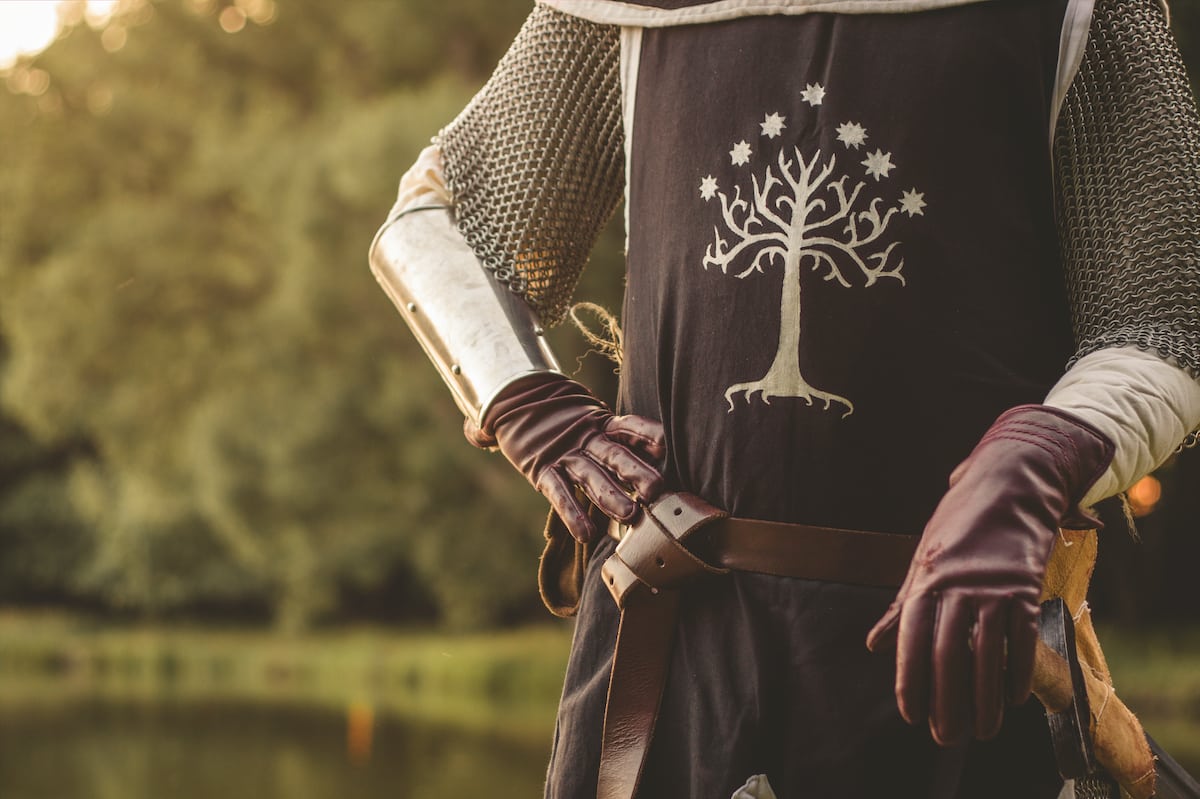 Gloves
Gloves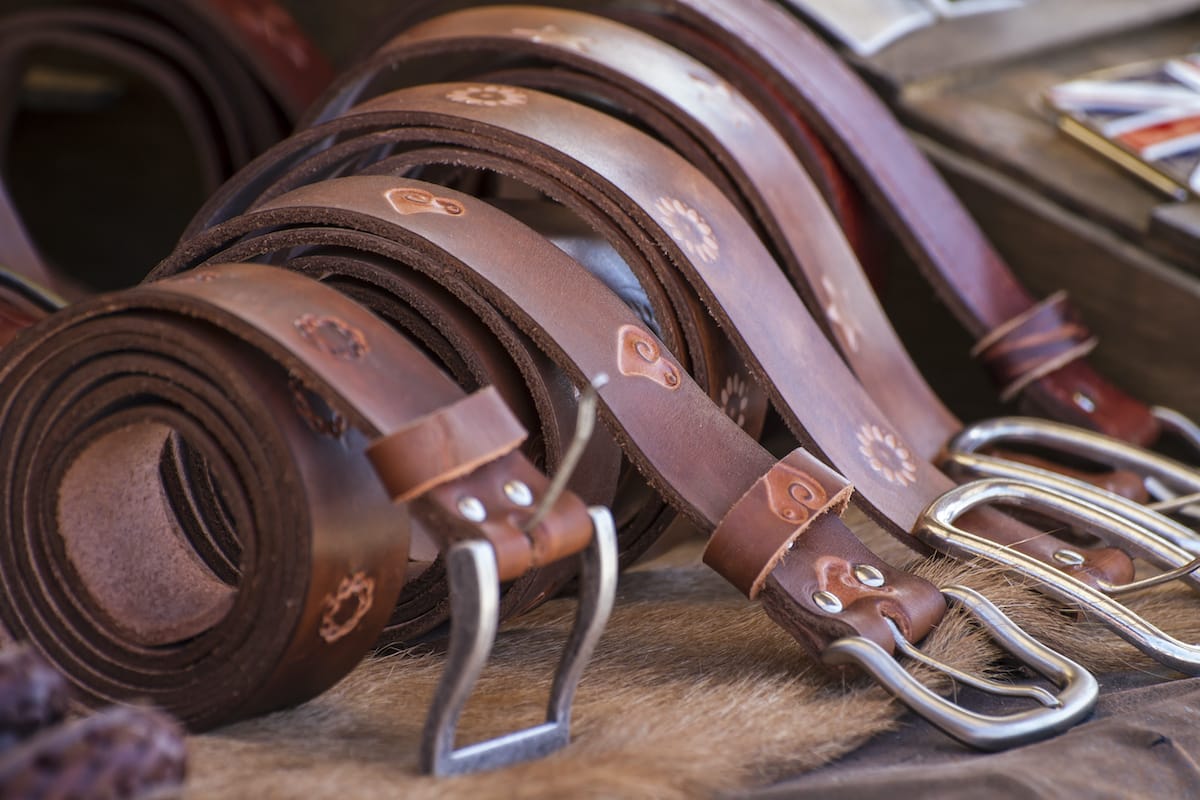 Belts
Belts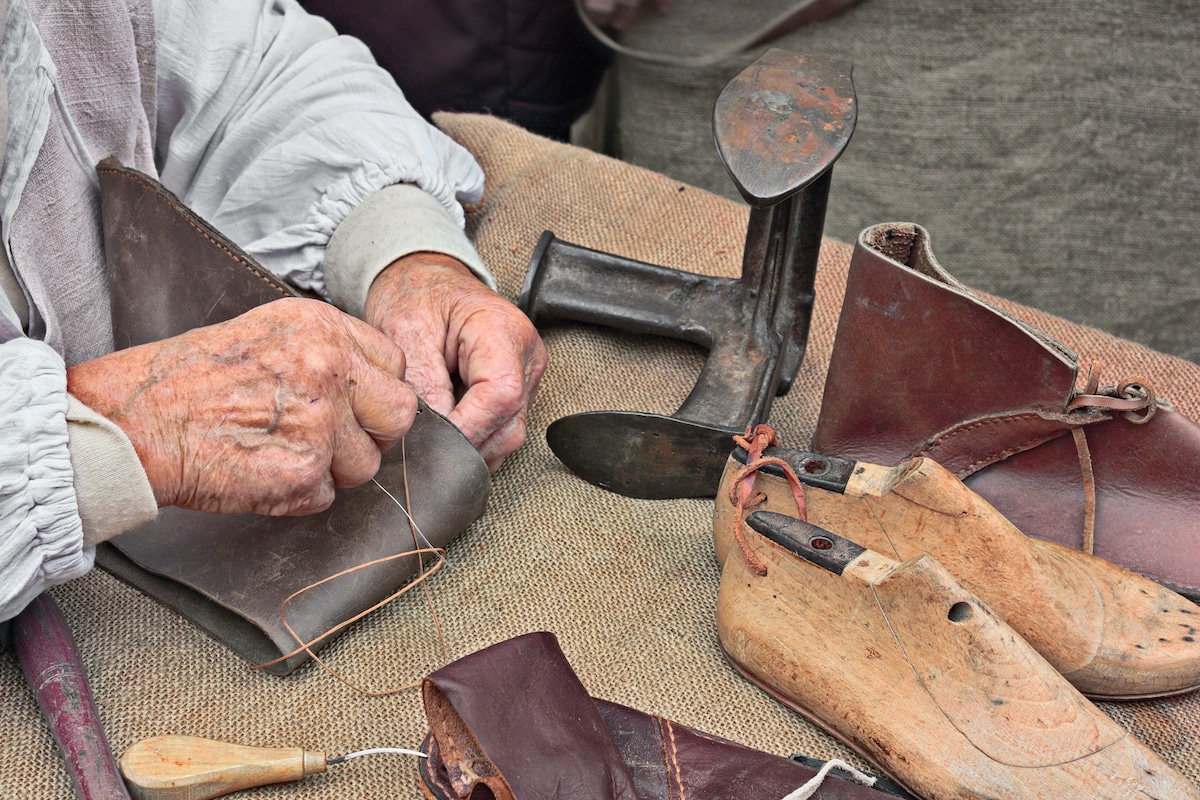 Shoes
Shoes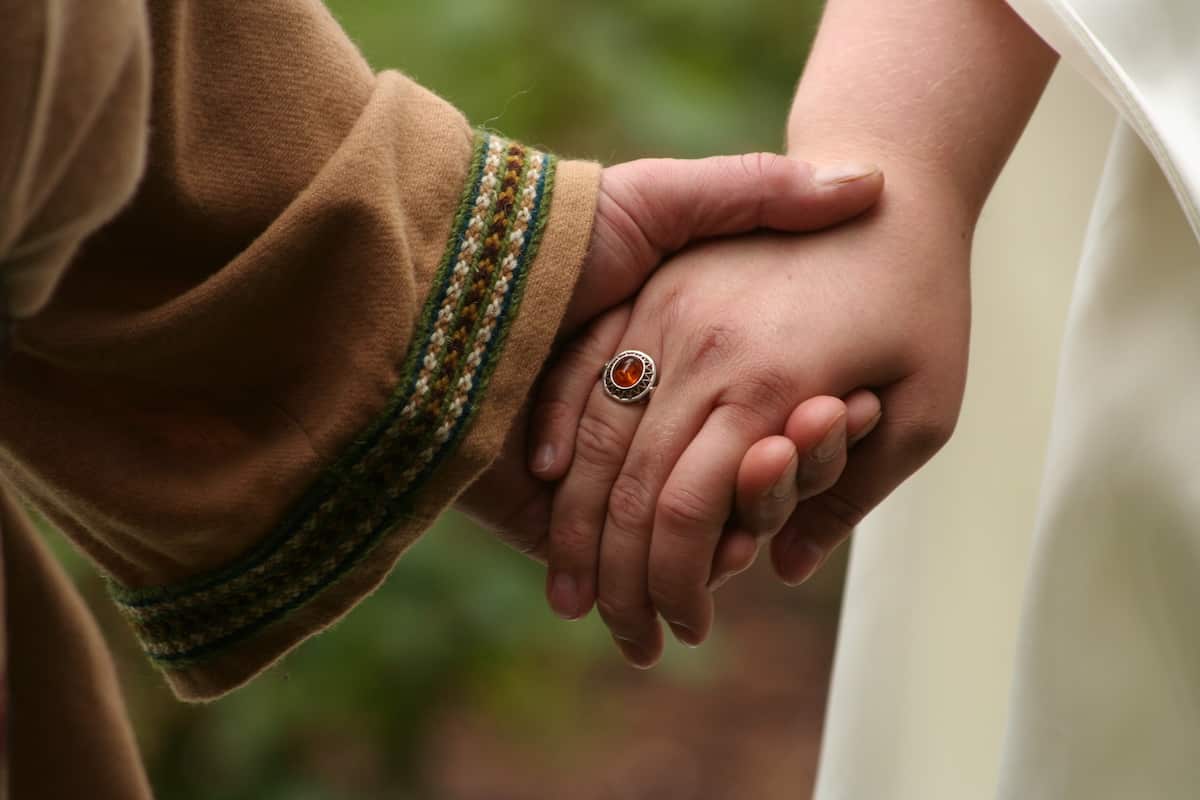 Rings
Rings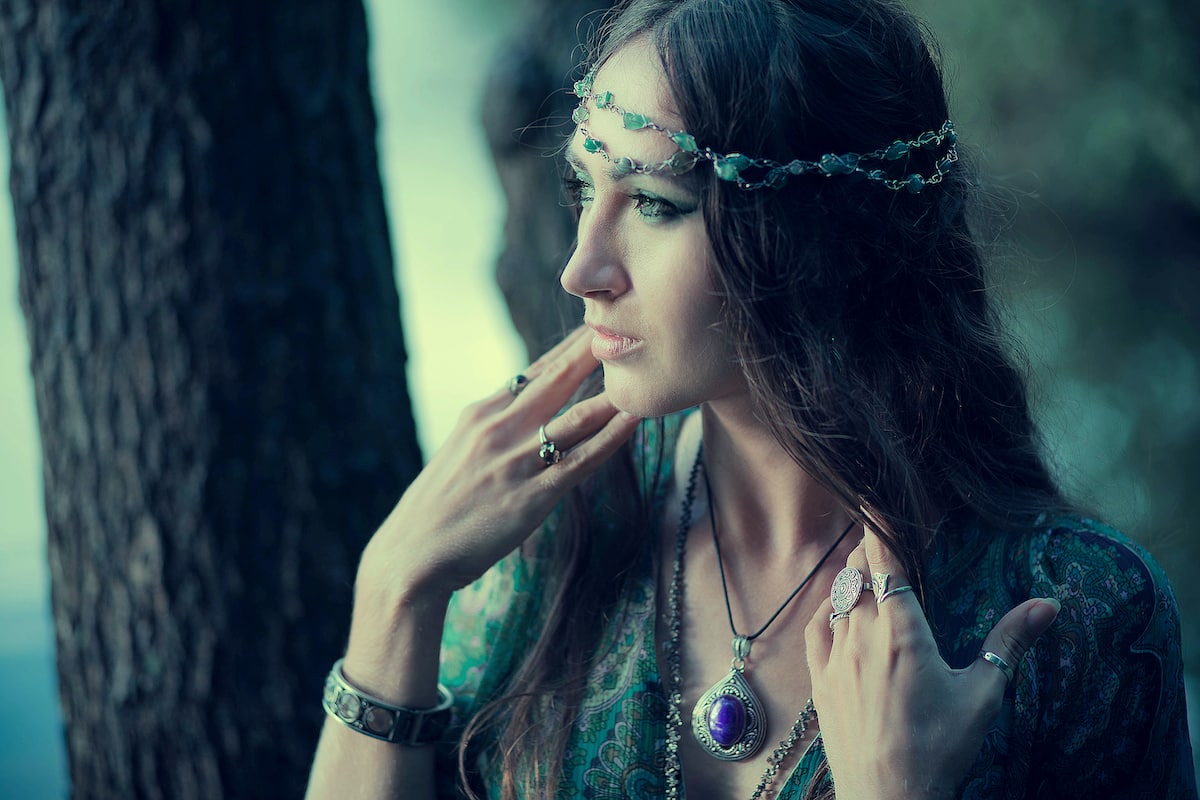 Necklaces & Pendants
Necklaces & Pendants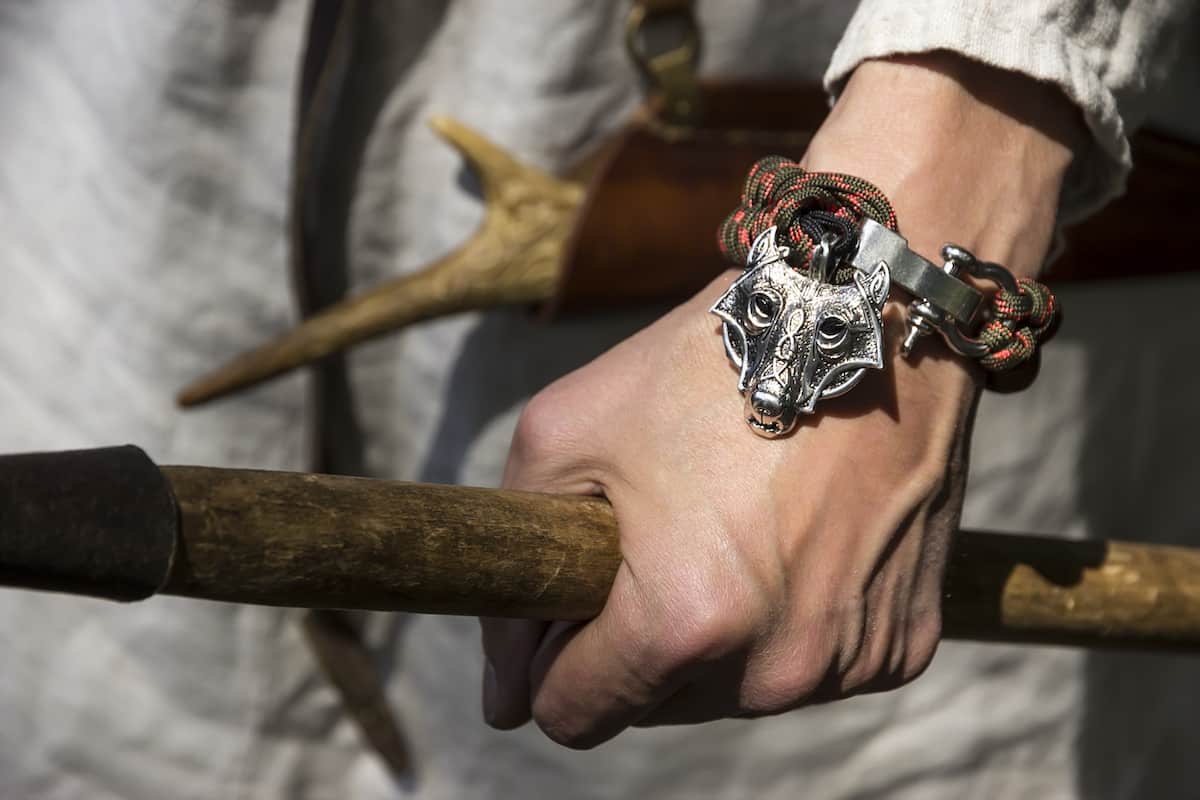 Bracelets
Bracelets